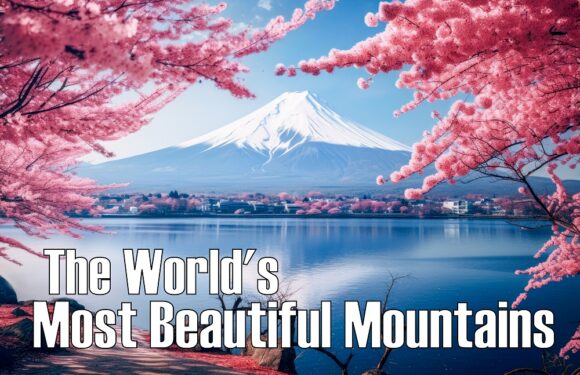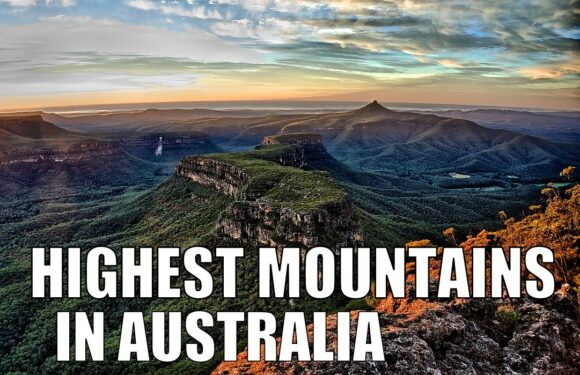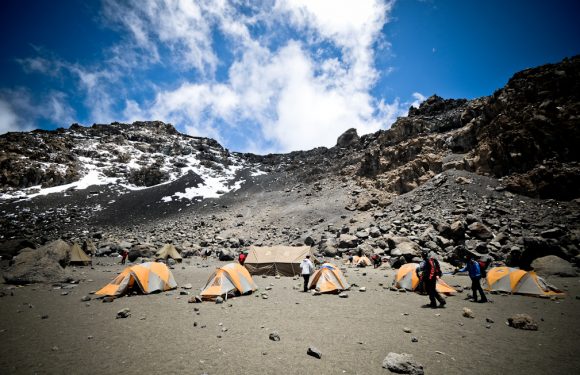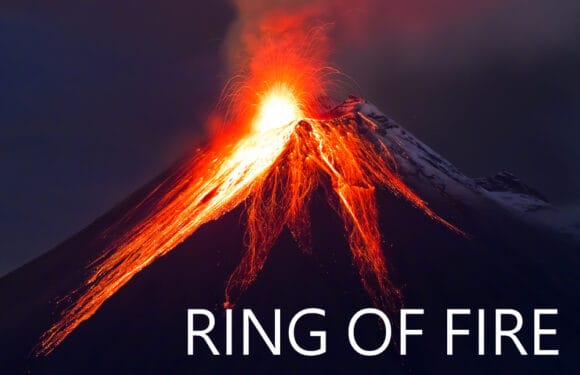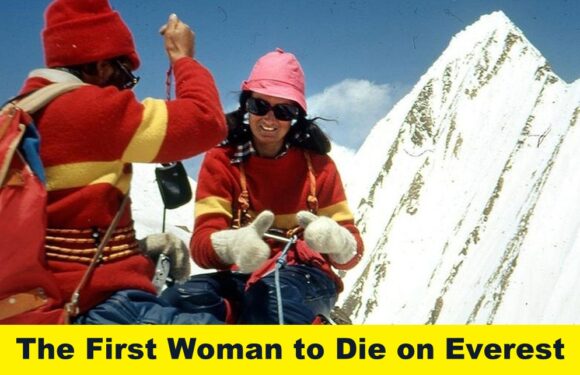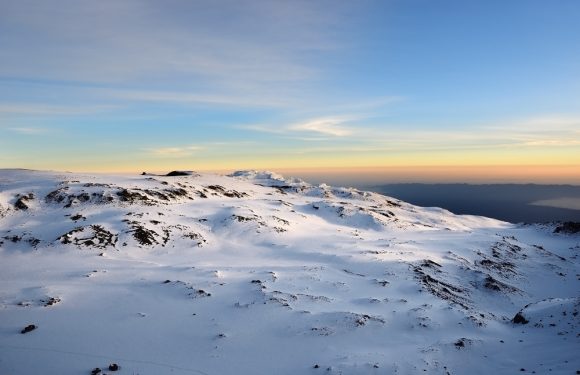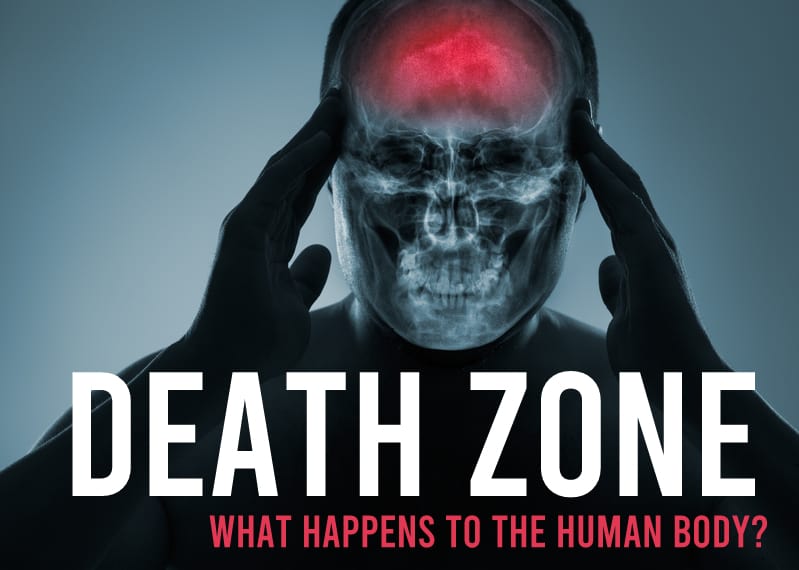
What is the Death Zone?
On the world’s highest peaks, there is an elevation where the human body cannot function properly for an extended time span. This extreme elevation, found at altitudes above approximately 8,000 meters (26,247 feet), is referred to as the “death zone.”
It represents some of the most inhospitable environments on our planet and presents life-threatening challenges for mountaineers. It is impossible for humans to sustain life here without external support systems.
In this article, we will explore the factors that contribute to the death zone’s harsh conditions.
Oxygen Levels in the Death Zone
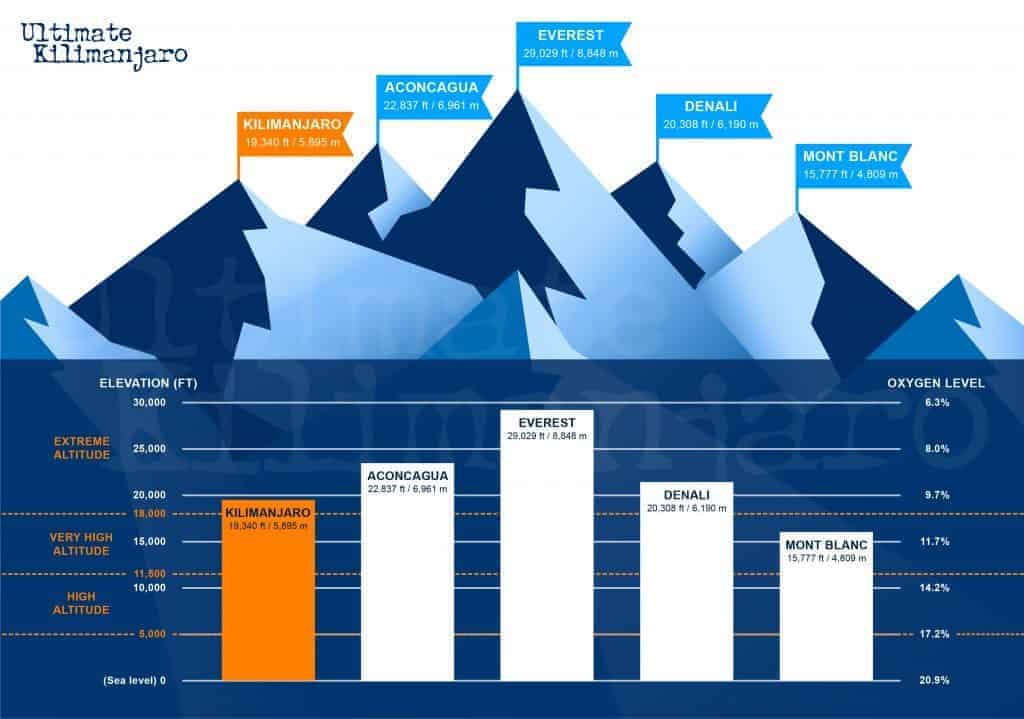
The amount of oxygen in the atmosphere is directly proportional to air pressure.
Although air contains 21% oxygen at all altitudes, the lower air pressure at high altitude allows the oxygen molecules to decompress and spread apart. This is what is meant by “thin air.”
At the summit of Mount Everest, the atmospheric pressure is only about one-third of that at sea level. Accordingly, there is only one-third of the oxygen available as there is at sea level. The lack of oxygen wreaks havoc on the human body.
Humans are adapted to living at lower altitudes, where oxygen levels are sufficient for sustaining life. When exposed to the death zone’s low oxygen environment, our bodies struggle because we require oxygen for vital bodily functions.
What Happens to the Human Body in the Death Zone?

Hypoxia, or oxygen deprivation, is one of the most critical factors contributing to our health deterioration in the death zone. The brain and other organs are highly sensitive to oxygen levels, and when deprived of sufficient oxygen, their functioning is severely impaired.
As humans ascend to higher altitudes, they experience various stages of complications. It is quite common to encounter mild symptoms of altitude sickness like dizziness, headaches, and shortness of breath. However, as they venture further into the death zone, the effects become more serious, leading to impaired judgment, confusion, loss of consciousness, and eventually, death. The severity of these effects depends on the duration and extent of oxygen deprivation.
Let’s explore how hypoxia hurts the human body:
Impaired Brain Function
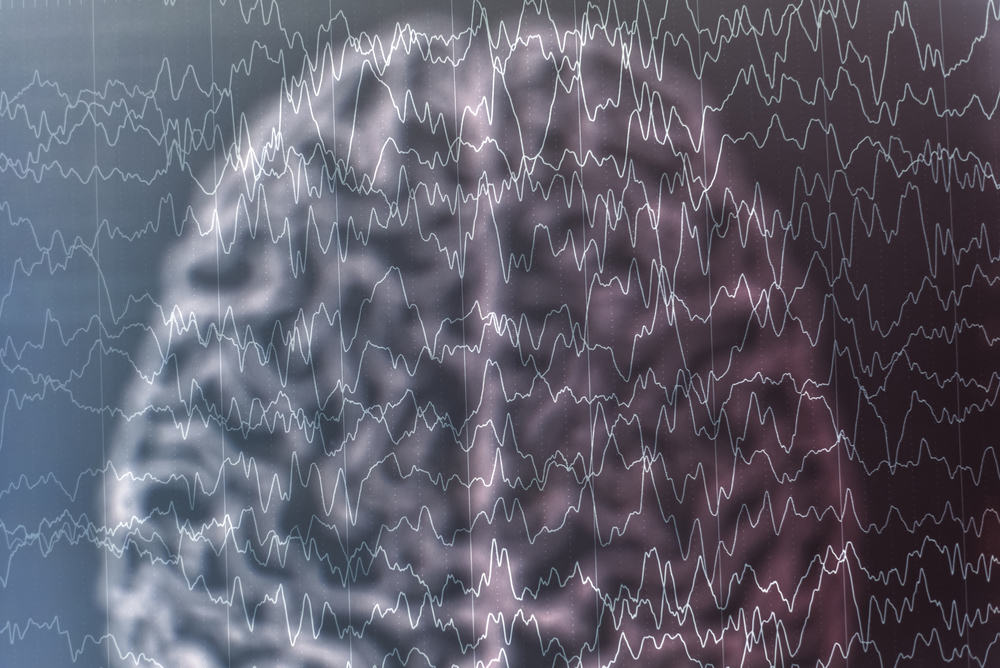
The brain is highly sensitive to oxygen levels and requires a continuous supply of oxygen to function properly. In the early stages of hypoxia, individuals may experience dizziness, confusion, difficulty concentrating, and impaired judgment. As oxygen levels continue to drop, cognitive function deteriorates further, leading to disorientation and memory problems.
High altitude cerebral edema (HACE) is a deadly medical condition where the brain swells with fluid at high altitude.
Reduced Physical Performance
Oxygen is vital for energy production in the body. In conditions of hypoxia, the muscles receive less oxygen, leading to decreased physical performance and endurance. Activities that would be relatively easy at sea level become much more challenging at high altitudes or in low-oxygen environments.
Respiratory Distress

Hypoxia can cause respiratory distress, leading to increased respiratory rate, shortness of breath, and labored breathing. The body’s natural response is to try to compensate for the lack of oxygen by breathing more rapidly, but this can lead to further complications.
High altitude pulmonary edema (HAPE) is a serious medical condition that develops at high altitude. The lungs fill with fluid, which prevents oxygen from entering the blood.
Cardiovascular Strain
As part of the acclimatization process, the body produces more red blood cells (which carry oxygen through the body) to compensate for the low oxygen environment. A high concentration of red blood cells makes the blood thicker. The heart works harder to pump blood to the organs and tissues. This increased workload can lead to a strain on the cardiovascular system, potentially resulting in irregular heartbeats, chest pain, and in severe cases, heart failure.
Cyanosis
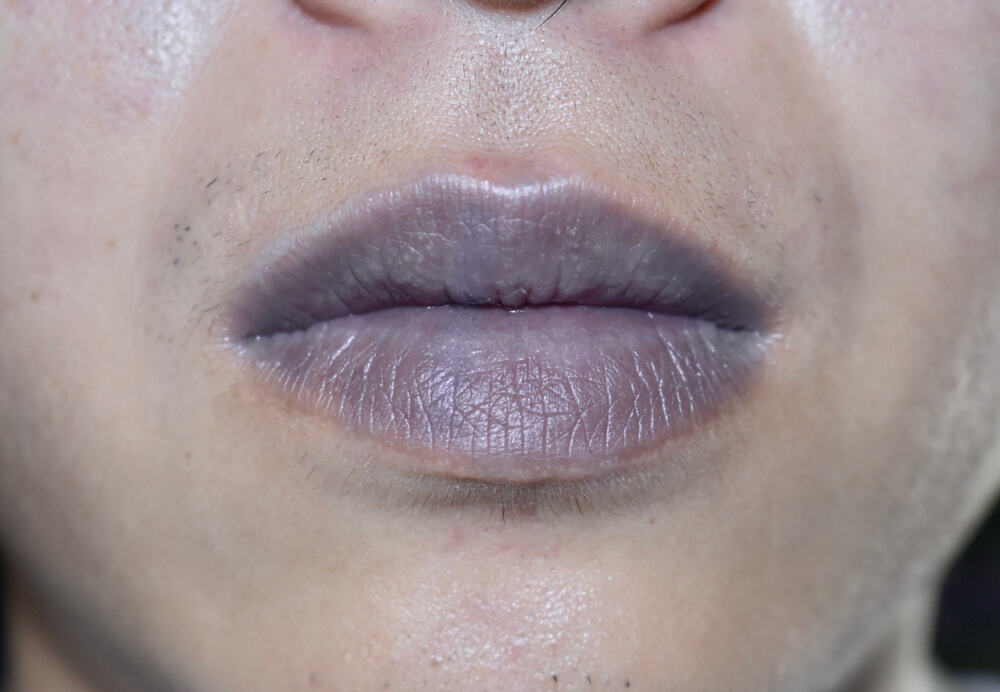
Cyanosis refers to a bluish discoloration of the skin, lips, and nail beds. It occurs due to the lack of oxygen in the blood, leading to a higher concentration of deoxygenated hemoglobin. Cyanosis is a visible sign of hypoxia and serves as an indicator of a critical oxygen deficiency in the body.
Organ Damage
Prolonged or severe hypoxia can lead to organ damage. Organs such as the brain, heart, and kidneys are particularly vulnerable to oxygen deprivation. The brain can suffer from irreversible damage after just a few minutes without oxygen, while other organs may take longer to be affected.
Loss of Consciousness
As hypoxia worsens, it can lead to a loss of consciousness. This can occur suddenly and without warning, especially at high altitudes or in situations where oxygen levels drop rapidly, such as in confined spaces with limited ventilation.
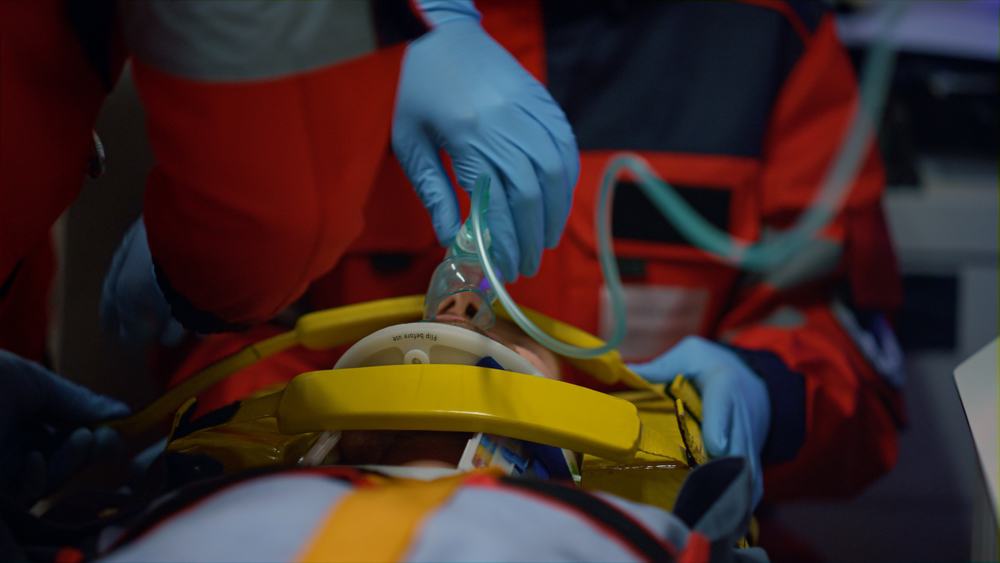
Hypoxic Seizures
In some cases of severe hypoxia, individuals may experience seizures. These seizures are caused by abnormal electrical activity in the brain due to oxygen deprivation.
Coma and Death
If left untreated or if the underlying cause of hypoxia persists, the condition can progress to a state of unconsciousness or coma. Ultimately, if oxygen levels are not restored, hypoxia can lead to irreversible damage to vital organs and death.
Physiological Limits of the Human Body

Even the most physically fit individuals have their limits in the death zone. Mountaineers and high-altitude climbers who attempt to ascend to these extreme heights need to acclimatize their bodies slowly to the reduced oxygen levels. This process involves allowing the body to adapt to the lower oxygen environment gradually.
However, despite acclimatization, the human body has its physiological limits. Beyond a certain point, no amount of preparation can overcome the severe challenges of the death zone. The lack of oxygen and extreme cold can quickly push the human body beyond its capacity, resulting in life-threatening situations.
How Long Can You Stay in the Death Zone on Everest?
People are advised not to stay in the death zone for more than 16 to 20 hours. 48 hours is considered the absolute threshhold for most people. This is with supplementary oxygen.
The record for time spent in the death zone is about 21 hours without oxygen (by Babu Chiri Sherpa on Everest) and 90 hours with oxygen (by Pemba Gyalje on K2). These record holders are both Sherpa, who are genetically adapted to being at high altitudes.
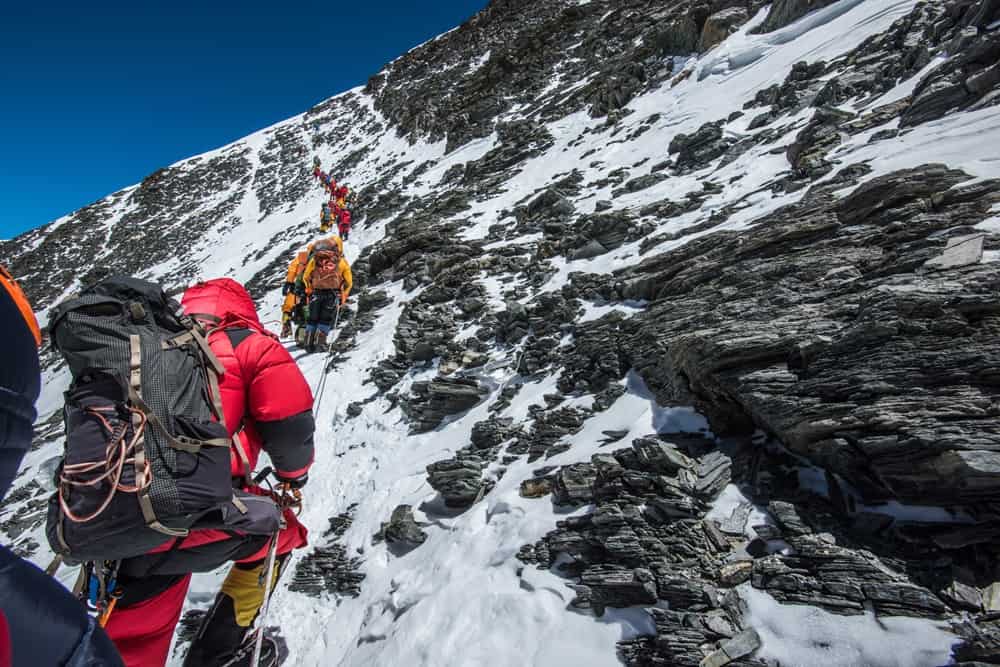
Where do Most Deaths Happen on Mount Everest?
Most deaths on Mount Everest occur in within the death zone during descents from the summit. Most of the climbers who have died on Mount Everest have died in the death zone.
Rainbow Valley is the name given to this area on Everest where many have perished. The moniker refers to the collection of brightly colored clothing that cover the bodies. Besides the bodies are trash, tents, and oxygen tanks.
How Low Can Your Oxygen Level Go Before Death?
Generally, we operate with an oxygen saturation level of 95%-100%. The body ceases to function normally when oxygen levels fall below 85% oxygen. When the oxygen level drops below that, problems begin. At oxygen levels below 55%, immediate death or unconsciousness may occur.
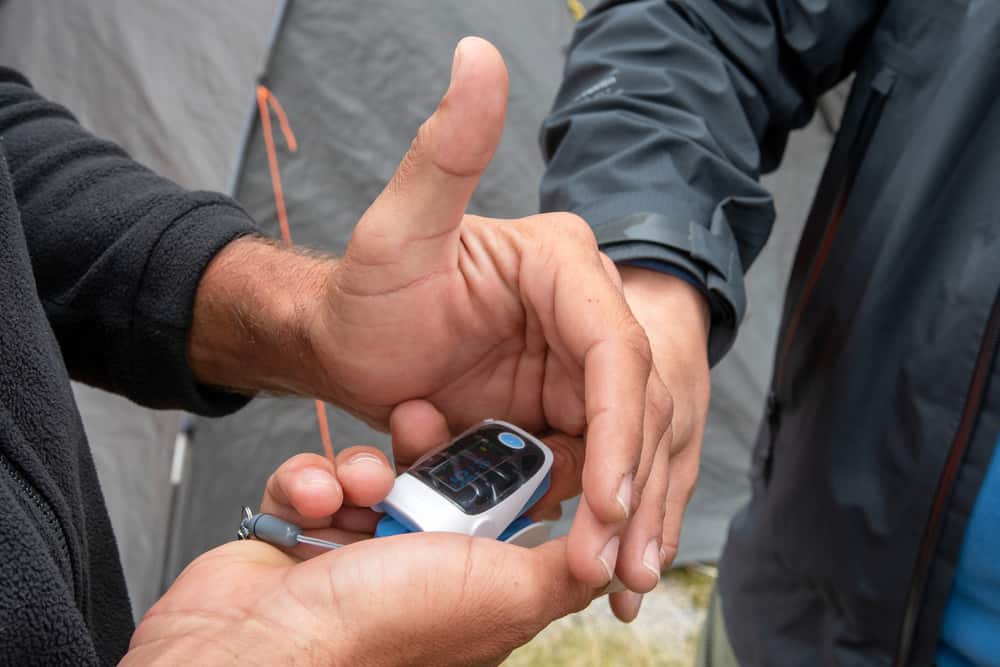
Why Climbers Use Oxygen on Everest
Supplemental oxygen is a lifeline for climbers in the death zone. While it does not eliminate all risks, it remains a pivotal tool in high-altitude mountaineering, allowing climbers to conquer the world’s highest peaks with greater confidence and safety.
By using supplementary oxygen, climbers can mitigate the risks of altitude-related ailments, ensuring they can ascend more safely and efficiently. It provides a vital boost to oxygen levels, aiding in sustaining physical performance, decision-making, and reducing the risk of hypoxia-related complications.
The use of supplemental oxygen significantly increases a climber’s chances of reaching the summit successfully. It helps maintain energy levels and reduces fatigue. Oxygen supplementation is also a vital safety measure in the death zone, providing climbers with a buffer against unforeseen circumstances or emergencies, such as assisting fellow climbers in distress or managing unexpected complications due to altitude sickness.
While supplemental oxygen is considered crucial for many climbers, some choose to climb Everest without oxygen, driven by personal challenge or ethical reasons. These climbers face additional physical and mental challenges, pushing the boundaries of human endurance. There are very few people who have summited Everest without oxygen.
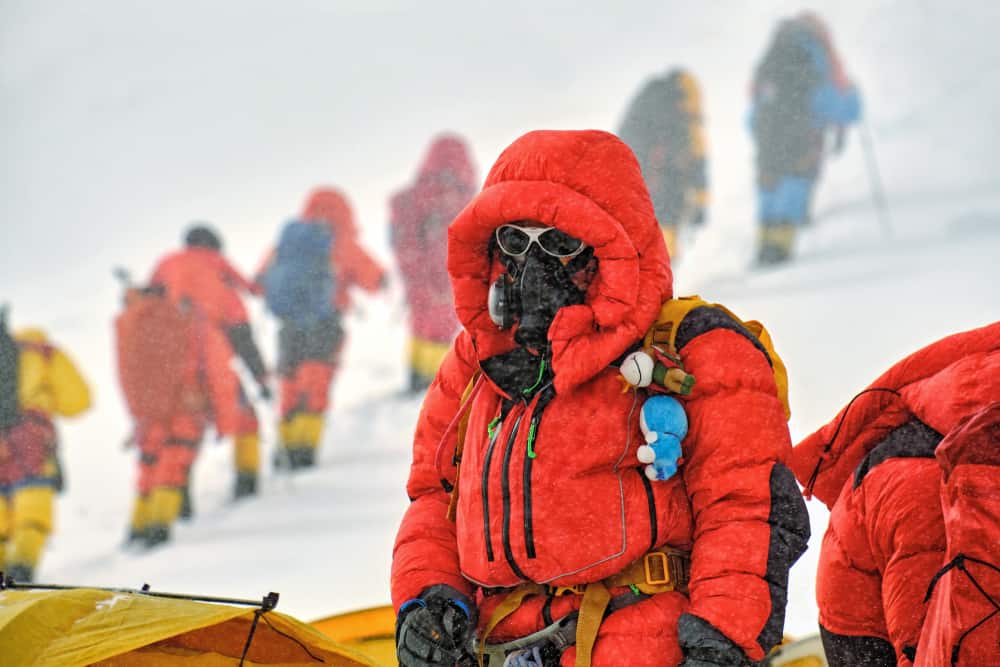
How Many People Have Died on Everest?
Between 1921 and 2023, more than 330 individuals have lost their lives on the slopes of Mount Everest. These fatalities can be attributed to a range of factors, including avalanches, falls, exposure to extreme conditions, altitude sickness, and various other incidents associated with climbing.
What is the Death Rate on Mount Everest?
Mount Everest is one of the world’s most dangerous mountains, with a death rate of approximately 1%. Death rate is the percentage ratio of those who died to those who have climbed the summit. Typically, 5 to 10 fatalities occur on the peak every year.
These figures fluctuate from year to year, with some periods being particularly deadly. For instance, 2023 was one of the deadliest years on record with 17 deaths. However, death rates overall have been declining over the past several decades, falling from 1.6% to 1.0%.
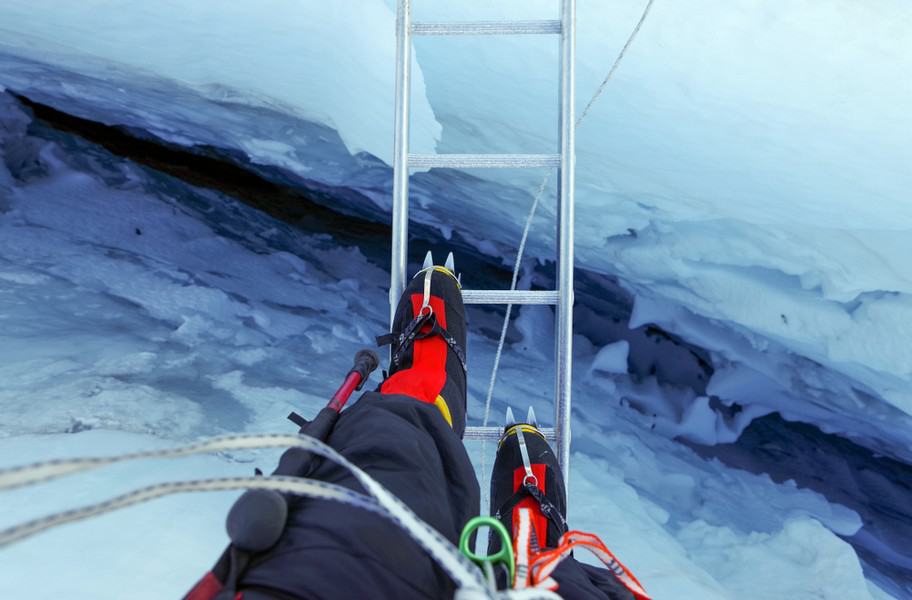
Why Are Dead Bodies Left on Everest?
While it may seem cruel to leave bodies on the mountain, recovering them is not practical. The challenging high-altitude environment, extreme weather conditions, and treacherous terrain makes the safe retrieval of bodies an immensely difficult task. As a result, many who who have met their unfortunate fate on the mountain are left undisturbed, preserved in the exact location and position where their journey ended.
How Many Bodies Are on Everest?
There are over 200 bodies that remain on Everest. Due to the cold, they are well preserved and have become somewhat famous as landmarks for fellow climbers.
“Green Boots“ is one of the most famous bodies on the mountain. The moniker refers to the remains of Tsewang Paljor, who perished in 1996. His brightly colored boots have made his resting place a notable landmark on the northeast route.
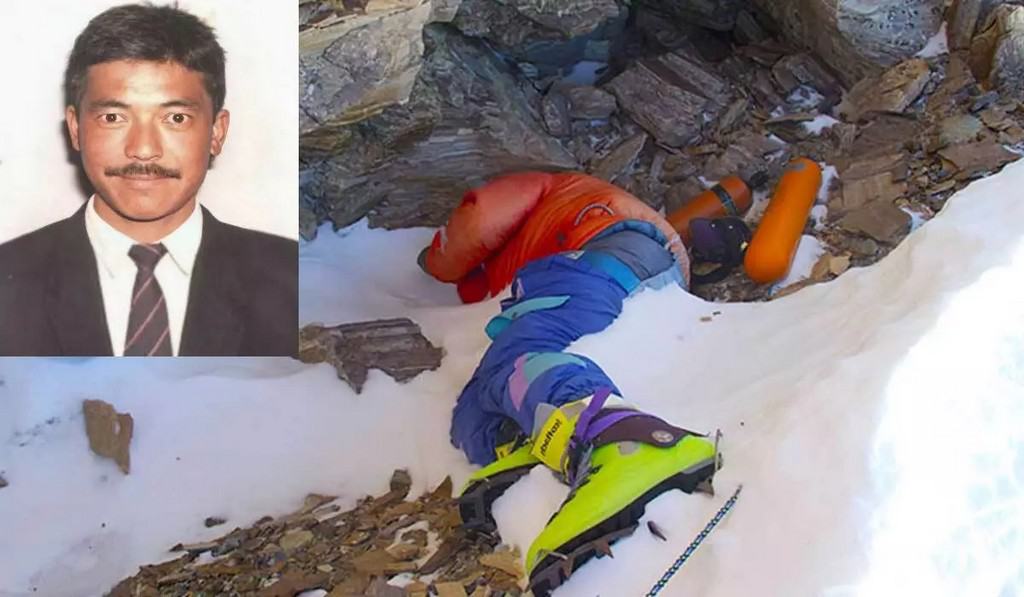
Another famous body is “Sleeping Beauty.” It is the nickname given to Francys Arsentiev, an American climber who died during her descent in 1998. Her body, which lay visible for years near the summit, was given this name due to its peaceful appearance.
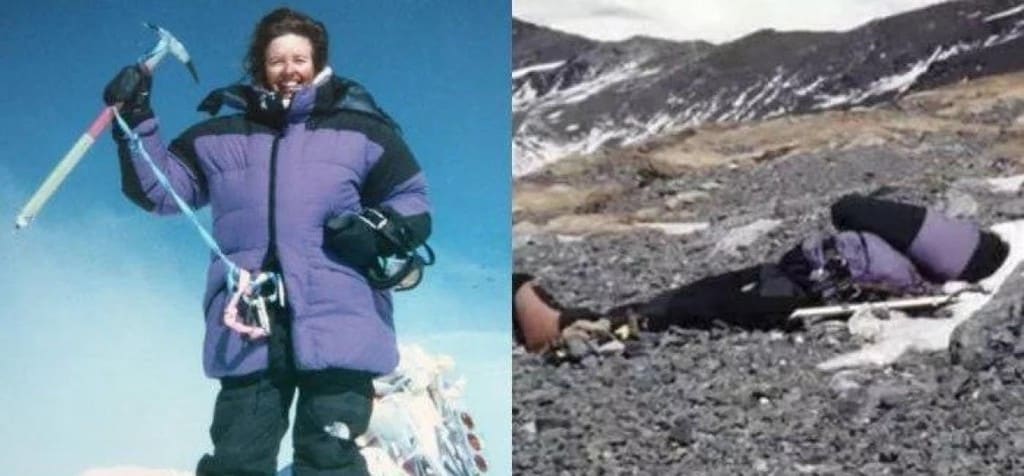
One of the world’s most famous climbers, George Mallory, died on Everest in 1924. His body was found in 1999, 75 years after his disappearance. The body of his climbing partner, Andrew Irvine, has never been found. Whether the pair actually reached the summit is one of mountaineering’s biggest mysteries.
Conclusion
The high-altitude death zone is an unforgiving environment that poses numerous challenges for human survival. This harsh region represents the limits of human adaptability. While mountaineers continue to push the boundaries of human achievement by attempting to conquer these peaks, it remains essential to recognize and respect the inherent dangers of the death zone.
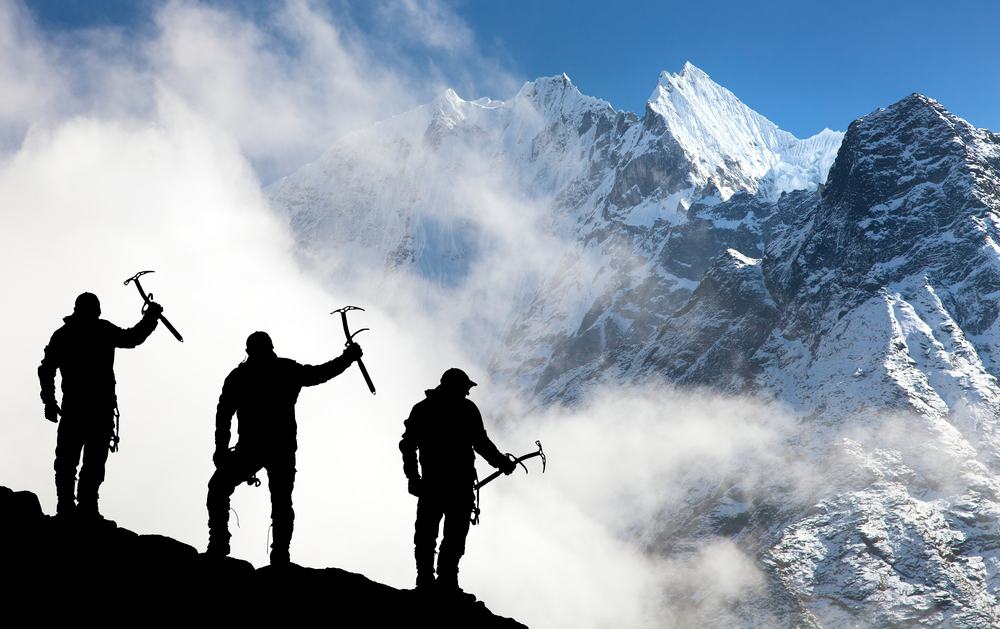
Advancements in technology and protective gear have certainly improved safety and accessibility to some extent, but the fundamental constraints imposed by the environment persist. Ultimately, the death zone serves as a stark reminder of the resilience and adaptability of life on Earth and the necessity of understanding and respecting the natural limits that govern our existence.
Is Mount Kilimanjaro in the Death Zone?
Mount Kilimanjaro’s summit lies at 5,895 meters (19,341 feet), well below the death zone. Regardless, those who climb Kilimanjaro still need to be very cautious of the altitude, which can cause severe altitude sickness and death.




















































